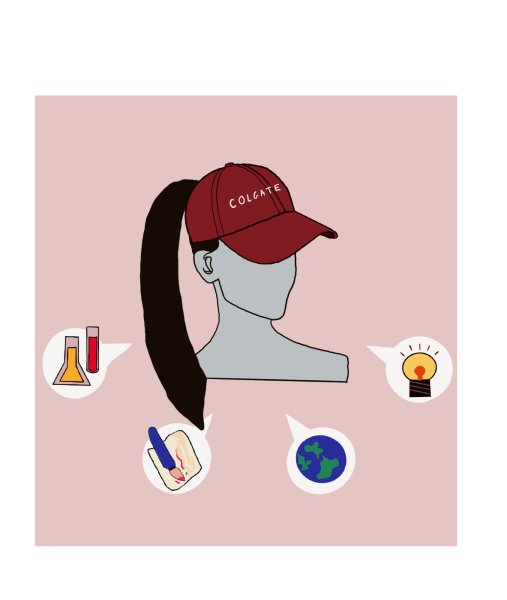To Use or Not to Use: Metal Straw Edition
When you think of metal straws, what else comes to mind — saving the turtles, iced coffees, Hydro Flasks? When you think of these tools, do you ever think about how irrelevant they seem nowadays? Are environmental activists even promoting them anymore? As soon as they became a trend, they seemed to have disappeared from pop culture. In short, what happened to the metal straw?
In 2018, after a video of a sea turtle punctured by a plastic straw went viral, the world embarked on its newest trend: canceling plastic straws. In the wake of this movement, as Morning Brew states, companies like Disney, American Airlines and the Hilton promised to ban plastic straws, use different materials in the makeup of their straws, or create new tops to their cups. Restaurants around the world began to ask before handing out straws to your table.
In addition to this, consumers everywhere began to limit their plastic straw usage by purchasing metal straws — reusable tools they could use at home, at restaurants, or even in their college dining halls. The concept of the ‘metal straw’ had been around for almost a decade before the movement took off. Morning Brew’s website mentions a company by the name of Eco Imprints and Steelys Drinkware, which had been selling metal straws since 2008. However, their business did not take off until 2019, when they sold more than a million steel straws.
If you take a look around our campus, or even your local town or city, not many people continue to drink their coffee with metal straws, or bring an extra straw to restaurants, or partake in ‘Save the Turtles’ marches. So, what happened in three years that so drastically changed public opinion on the metal straw? People did their research.
As it turns out, metal straws are not exactly a carbon neutral alternative to the notorious plastic straw. In fact, as Esquire Magazine states, metal straw production uses about ninety times more energy per straw than plastic straw production uses. Further, one metal straw’s carbon emission is the same as 150 plastic straws’ emissions.
So, what does this mean for the metal straw’s place as the more “sustainable” option for drinking straws? Obviously, plastic is quite harmful to the environment, but these extra carbon emissions are not great either. What, then, does this mean for the future of sustainable drinking straws? Should we use the straws at Frank Dining Hall for our coffee or should we bring our own?
The lesser of two evils, as Household Wonders argues, is to go for the metal straw. While, yes, those carbon emissions are not ideal, steel is a durable metal — meaning hypothetically, one would only need to buy a new metal straw (or straws) every five years. While one would contribute to those nasty carbon emissions, they would do so infrequently. When using one-use plastic straws, on the other hand, one is consistently participating in the production of such emissions.
So, although metal straws produce more carbon emissions on an individual level, when it all adds up with the lifetime of these straws in mind, it seems like the ‘Save the Turtles’ advocates were right — metal straws are better for the environment.
Where does this leave us? What comes next? Over the years, people have thought about these same questions, and have come up with other types of reusable straws. Bamboo straws are a particularly significant contestant. These types of straws are made from one-hundred percent organic materials, as EcoLunchboxes says, and are also completely biodegradable — serving to be the most popular carbon-neutral option.
The website also mentions using hay straws, the most standout option of the group. Unbeknownst to many, hay straws are a real thing — made as a byproduct of wheat production. They are gluten-free and they also turn out to be one-hundred percent biodegradable — a sustainable and unsuspected option.
Whether you decide to carry around your metal straw more, order some bamboo straws off of Amazon, or go out on a limb and look up hay straws on the Internet, know that your research and efforts are helping, in different ways, to reduce plastic pollution and, of course, save the turtles!








